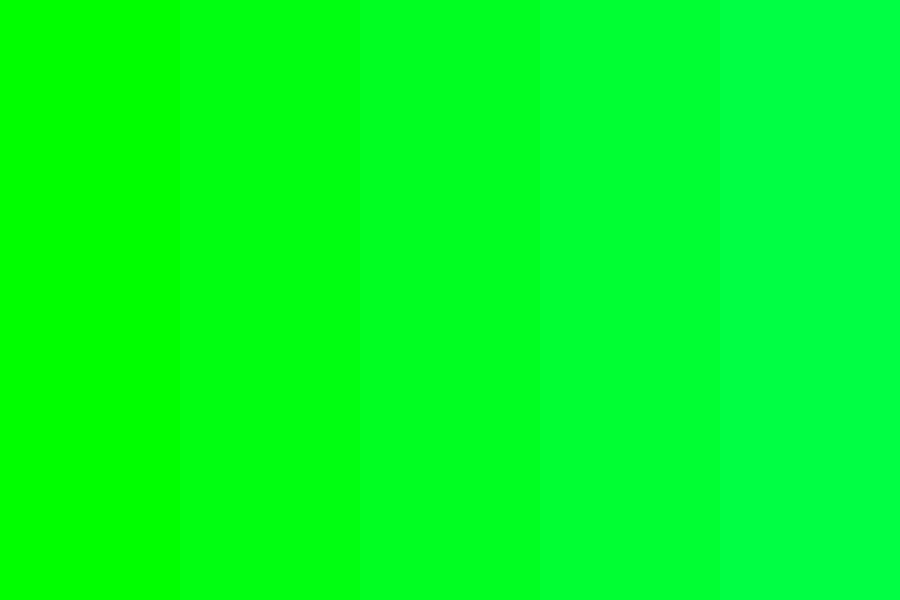
Green screens (also known as chroma key) are commonly used in film and television production for keying out a specific color in order to replace it with a different background or visual element. The reason why green screens are often used instead of other colors like blue or red is due to a few key factors:
1. Green is not a common color in most skin tones:
Green is not typically found in human skin tones, making it easier to separate actors or subjects from the background when using a green screen. This helps prevent parts of the subject from being unintentionally removed during the keying process.
2. Green is less reflective:
Green screens are usually less reflective compared to other colors like blue, making it easier to evenly light the screen without unwanted reflections or hot spots that can interfere with the keying process.
3. Green is more common in nature:
Since green is a color that is less likely to be worn by actors or present in their costumes, it is a safer choice for a chroma key background.
4. Digital camera sensors are more sensitive to green:
Many digital cameras are more sensitive to green light, which can result in cleaner and more accurate keying when using a green screen.
While green is the most commonly used color for chroma keying, blue screens are also frequently used, especially in situations where the subject may be wearing green clothing or accessories. Ultimately, the choice of green over other colors for green screens is based on practical considerations that help make the keying process more effective and efficient.
Written by profT for naijatipsland.com










